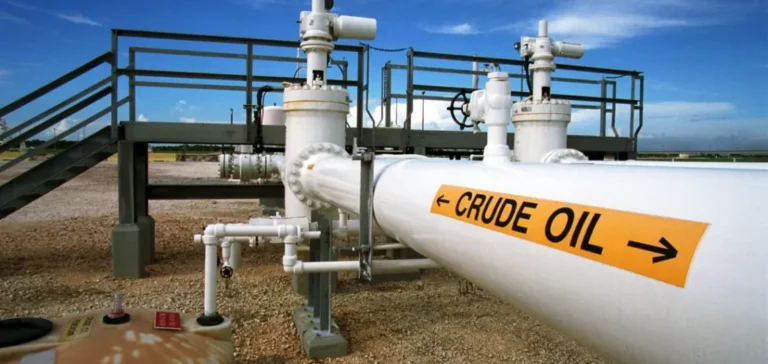Seaborne exports of crude oil from Russian ports reached 3.88 million barrels per day in September, according to data from S&P Global Commodities at Sea. This marks the highest monthly volume since April 2024, amid increasing scrutiny on Russian oil buyers and intensified drone strikes on Russian energy infrastructure.
Deliveries to India rose by 29% month over month to 1.73 million barrels per day, while shipments to Turkey increased by 11% to 375,000 barrels per day. In contrast, volumes to China declined by 12%, settling at 1.12 million barrels per day.
Rising international pressure on Russian exports
Finance ministers of the Group of Seven (G7) countries announced plans to strengthen restrictions on Russian oil exports. In a joint statement issued on October 1, they committed to “maximising pressure” on Russia’s energy revenues, targeting countries that have increased purchases since the onset of the Ukraine conflict.
The statement followed the reduction of the G7 oil price cap to $47.60 per barrel in September, down from $60. This was the first revision since the mechanism was introduced in December 2022, and reflected growing divergences within the alliance, after months of unsuccessful lobbying for a coordinated change.
At the same time, exports of Russian refined oil products fell to their lowest level since the war began. Product exports declined by 15% in September to 1.87 million barrels per day, driven by sustained Ukrainian drone attacks on refinery infrastructure.
Refining capacity under pressure
Drone strikes led to the shutdown of multiple Russian refineries. According to Commodity Insights, refining downtime stood at 1.86 million barrels per day as of September 19. Several major plants remain offline, further tightening domestic fuel supplies.
Russia’s Ministry of Energy announced an extension of its gasoline export ban and a partial restriction on diesel exports to address mounting concerns over energy security. Fuel loading infrastructure at the Baltic port of Primorsk was also hit, causing temporary disruption. Two tankers,Kusto andCai Yun, sustained damage during the attacks and remain docked at the port.
Impact on domestic fuel supply
The decline in refining output has worsened Russia’s fuel crisis. Between June 28 and September 22, 360 retail fuel stations closed, representing 2.6% of the national total. The southern regions were hardest hit, with up to 14% of stations suspending operations, and as much as 50% in annexed Crimea, according to OMT-Consult.
“The situation seems to be alarming,” said Tamara Kandelaki, Chairperson of the Committee on Economics at the Oil Refiners and Petrochemical Association. She added that the refinery shutdowns were not part of a broader trend, but rather a force majeure event expected to persist.






















